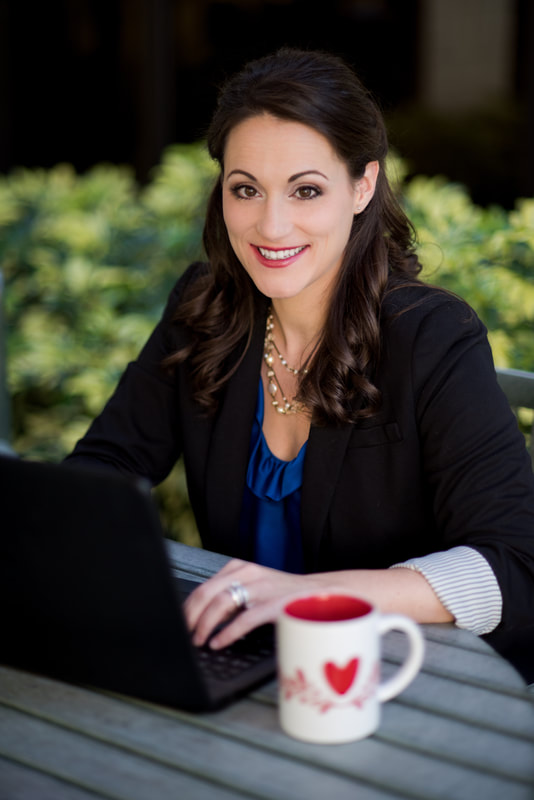|
Guest post by Elisabeth Ball Anti-AgingGetting OlderTo get older is to be a stranger in a strange land of the utterly familiar. Creases from sleep fail to iron out and start to settle into permanence, an understandable metamorphosis which still surprises. Your thin hair thins further, turning to wisps, from cobwebs to a baby’s fuzz. The eye circles that look like shiners never dim. No amount of concealer can paint them away. Blame it on pollen, lack of sleep, stress. But it’s just the usual evolution--a transfiguration ticked off in years. NeckConsider, the neck wattle, aging’s jack in the box. The first crepe of the neck slips up on you. Maybe it’s a trick of the light? One mirror’s cast is kind, another’s cruel. The flaplet was just there—where is it now? In pictures, you soon learn to take no chances with the wattle and stick your chin out every time for a camera, pulling it taut. Between the shiners and the jaw jut, your driver’s license shows a pugilist. ProductsSo, you turn to stronger anti-aging products. What starts out as mild experimentation proceeds to near obsession: you can’t help purchasing one pricy cream after another. You expect a miracle while knowing there are none in age reversal, not even in plastic surgery which, except in the best cases, seems to alter each person into their own stiff cousin from LA. You know the gels, the serums, the scrubs don’t work, but you can’t help trying one after another. There was that one time you thought a certain “neck tightener” had beaten back the wattle. Then you cleaned your glasses, and saw it clearly, fully creped and starting to furrow. ObsessionThis preoccupation creeps toward obsession, touches the perimeter of sin. After all, you’ve been taught not to think about yourself, instead to pour your resources into other people and purposes. You know time is better spent in giving, growing, gratitude, so you try, but still you’re drawn back to the change in your face and body. Self-consciousness of the worst sort, about the natural and normal, about years survived and the body itself. In due time, though, this fervid exfoliation reveals forgotten logic. The truth dawns right there on your hyper-pored face: How could you, or any human being for that matter, erase the wear and tear of time? FreedomSo you start to accept. You adjust first by ceasing to wear shirts that show jelly arms or skirts that reveal varicose veins. You embrace the crisp collared button-down and good gold earrings and supportive shoes. You inhabit an unobjectionable uniform, slap on mascara and drugstore concealer and let that be the extent of it. You realize it is freeing to give up on anti-aging, to settle into the background of the late middle years. Let others come to the fore. You’d rather not be noticed anyway. PerspectiveThis shift in objective shifts your perspective. The more you gaze at age in the world, the less it bothers you. In fact, you see something previously unrecognized—loveliness. The elderly white-haired lady’s slumped shoulders transform into curved wings. Her weakness becomes that of a newborn, a helpless beauty so reverse of the ego that it shines as bright as the metal of her cane. The shuffling walk of your ninety two-year old father is a thoughtful exercise in balance and restraint, a parabola of purpose. The crow’s feet marking friends’ faces are delicate grosgrain, making merry like ribbons on a package. GratitudeYou’ve heard that gratitude is a way of seeing, and it’s coming true for you. The ABCs of gratitude a la Sue Grafton lead you deeper into understanding—thank you for aging, for blemishes, for collagen loss, for dark circles under eyes. They are part of what it means to have lived past a mid-century of years. Thankfulness leads you deeper into beauty. You see it in the wackiness of life; laughter, yours and others about something ridiculous, is gorgeous. Silliness, not seriousness, beckons. You find yourself looking for it, seeking the renewing power of the ridiculous. The joy in the guffaw, the understanding that this is where you were meant to go, where everyone who is lucky enough to live into their sixth decade needs to be. To negate expressive wrinkles and furrows now is to delete part of this beauty. Even your ticklish forgetfulness and scattershot thoughts take on loveliness, because they amuse more than frighten. Your friends share the same stories of tip-of-the-tongue word loss and foggy to-do lists. You laugh at the foibles of memory and don’t fight the faultiness. Instead, you lean into another narrative, keeping curious (reading anything and everything, playing games, observing ibises), because curiosity leads to practice which can turn into devotion. And devotion brings you closer to what matters at the end. BeautyThis is the transformation of aging; you’ve been in it your whole life, but now might be its most important moment. Baby to toddler to child to tween happened to you unawares. Puberty kidnapped a distracted adolescent. Adulthood, early and middle phases, were only a warm-up for the big reveal. Now you understand so much more: Aging brings a loveliness that anti-aging cannot. So place no faith in pricy “youth-renewing” products or procedures; save your money for books, cupcakes, or a good wine. Be thankful for wattles and wrinkles, creaky backs and hips, occasional forgetfulness. The body blooms late with these signs of insight: you know enough of life now to laugh with others, to plumb your collective stories for humor, for that joy which bonds human to human. And you have existed until the perfect time in history, this era of anti-aging, to be a beautiful example of its opposite.
0 Comments
Leave a Reply. |
AuthorArielle Haughee is the owner and founder of Orange Blossom Publishing. Categories
All
|
Proudly powered by Weebly



 RSS Feed
RSS Feed